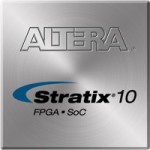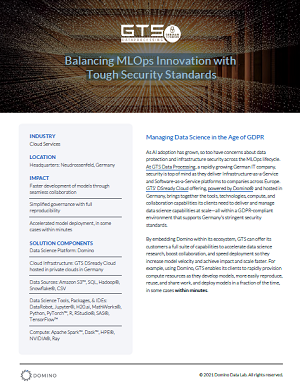Good April morning to you! It’s been an active week in the world of HPC-AI, here’s a quick (8:43) rundown of recent industry news: Nvidia, AMD and China export rules, Intel sells part of FPGA business, storage investments soar, 2nm coming to Taiwan and Arizona
News Bytes 20250421: Chips and Geopolitical Chess, Intel and FPGAs, Cool Storage, 2nm CPUs in Taiwan and Arizona
HPC News Bytes 20250421: Chips and Geopolitical Chess, Intel and FPGAs, Cool Storage, 2nm CPUs in Taiwan and Arizona
Good April morning to you! It’s been an active week in the world of HPC-AI, here’s a quick (8:43) rundown of recent industry news: Nvidia, AMD and China export ….
Intel Selling 51% of Altera FPGA Business for $4.3B
Intel Corporation today announced that it has entered into a definitive agreement to sell 51 percent of its Altera business to Silver Lake, a technology investing firm. The transaction, which values Altera at $8.75 billion, establishes Altera’s operational independence ….
Intel FPGAs Break Record for Deep Learning Facial Recognition
Today Intel announced record results on a new benchmark in deep learning and convolutional neural networks (CNN). ZTE’s engineers used Intel’s midrange Arria 10 FPGA for a cloud inferencing application using a CNN algorithm. “ZTE has achieved a new record – beyond a thousand images per second in facial recognition – with what is known as “theoretical high accuracy” achieved for their custom topology. Intel’s Arria 10 FPGA accelerated the raw design performance more than 10 times while maintaining the accuracy.”
FPGAs Speed Machine Learning at SC16 Intel Discovery Zone
In this video from SC16, Intel demonstrates how Altera FPGAs can accelerate Machine Learning applications with greater power efficiency. “The demo was put together using OpenCL design tools and then compiled to FPGA. From an end-user perspective, they tied it together using Intel MKL-DNN with CAFFE on top of that. This week, Intel announced the DLIA Deep Learning Inference Accelerator that brings the whole solution together in a box.”
insideHPC Research Report Are FPGAs the answer to the “Compute Gap?”
With the deluge of new data from new sources, it isn’t surprising to find that data centers are running short on compute capacity. In this research report, we explore the world of accelerators, primarily FPGAs, to see if they’re the right answer to fill
the ‘compute gap’.
Using Xeon + FPGA for Accelerating HPC Workloads
“The Exascale computing challenge is the current Holy Grail for high performance computing. It envisages building HPC systems capable of 10^18 floating point operations under a power input in the range of 20-40 MW. To achieve this feat, several barriers need to be overcome. These barriers or “walls” are not completely independent of each other, but present a lens through which HPC system design can be viewed as a whole, and its composing sub-systems optimized to overcome the persistent bottlenecks.”
Video: Altera’s Stratix 10 – 14nm FPGA Targeting 1GHz Performance
In this video from the 2015 Hot Chips Conference, Mike Hutton from Altera presents: Stratix 10 Altera’s 14nm FPGA Targeting 1GHz Performance. “Stratix 10 FPGAs and SoCs deliver breakthrough advantages in performance, power efficiency, density, and system integration: advantages that are unmatched in the industry. Featuring the revolutionary HyperFlex core fabric architecture and built on the Intel 14 nm Tri-Gate process, Stratix 10 devices deliver 2X core performance gains over previous-generation, high-performance FPGAs with up to 70% lower power.”
Intel Completes Altera Acquisition
Today Intel Corporation announced that it has completed the acquisition of Altera, a leading provider of field-programmable gate array (FPGA) technology. The acquisition complements Intel’s leading-edge product portfolio and enables new classes of products in the high-growth data center and Internet of Things (IoT) market segments.









